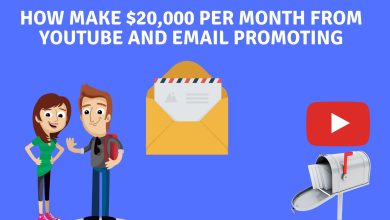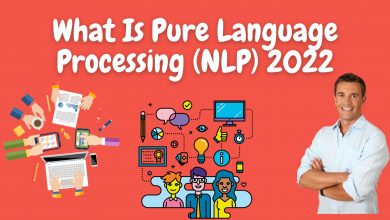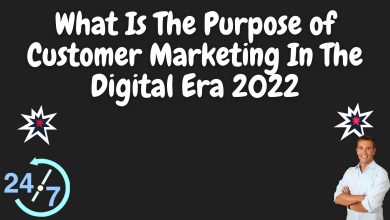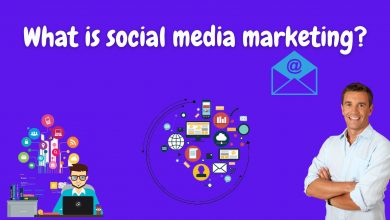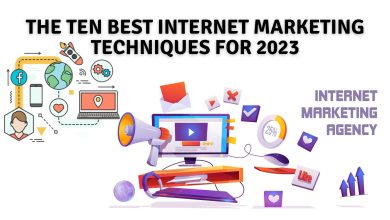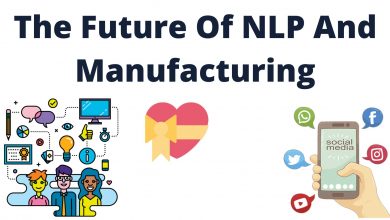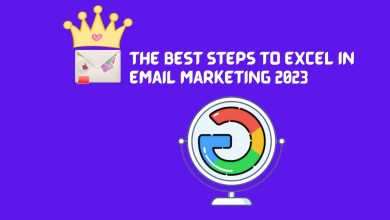What is email marketing and how to benefit $100 a day
Email marketing is a form of direct marketing that uses personalized email messages to educate your email list about your product or service.

What is modern email marketing 2022
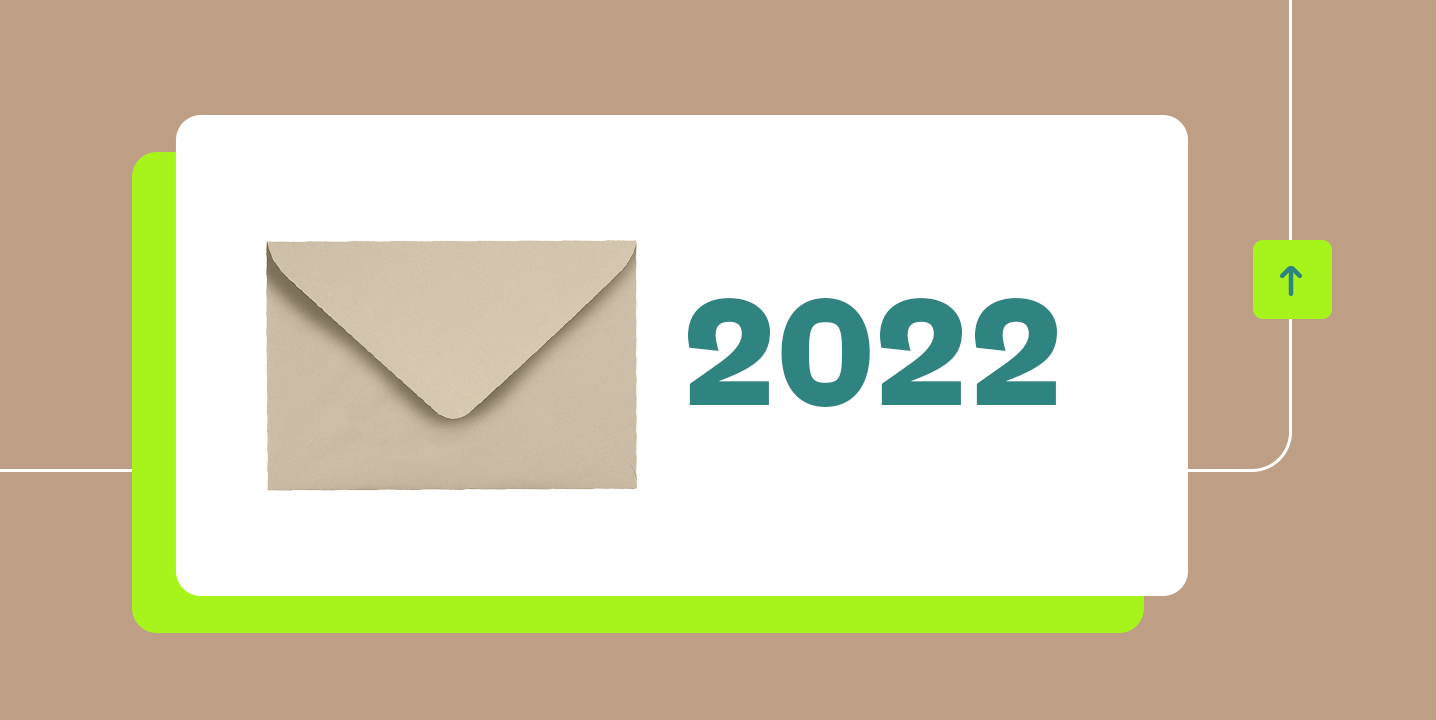
Email marketing is a cost-effective marketing strategy that allows you to connect your audience with your brand and increase sales. Personalized email marketing is one of the most effective ways to nurture potential customers and boost customer loyalty. Elements of a successful email campaign include:
- Powerful mailing list
- Email Service Provider – Helps design and implement email campaigns
- Clearly defined goals – increase sales, increase brand awareness, and generate and nurture leads
How email marketing works

To have a successful email marketing campaign, you need to have a strong and reliable email list, and send attractive email notifications to your email list to encourage customers to take specific actions. To build your email list, you can create a registration on your website, use a paper sign-up sheet at events, or use social media to encourage viewers to join your list. You can also host a contest, offer a discount, and create easy-to-share emails to boost your email list. Businesses can convert potential customers into active customers through customized email marketing campaigns. Emails can be automated, reducing time and resources spent on personalized email marketing campaigns.
5 types of email marketing

Many types of customized email marketing campaigns can be used to attract potential and existing customers. Here are some examples:
Emails to encourage customers
Welcome emails allow you to introduce your organization, business, products or services. You can improve your welcome emails by making them individual and avoid making the email a sales promotion. Welcome emails give customers an overview of the company and an opportunity to make a positive first impression before offering products and services.
Media newsletter via e-mail
Companies use newsletters to stay ahead of customers’ minds. Newsletters often contain company news, product announcements, and requests for feedback and are useful for engaging potential customers and retaining existing customers. It is important to send out newsletters on a schedule because users who enjoy the content will stay subscribed and get used to receiving emails. Newsletters give customers access to more company information and encourage customers to revisit your website.
Attracting customers through emails
Lead emails use a specific purpose and useful content to drive sales and interaction from your lead customers. It allows you to associate a group of emails with a specific activity, allowing you to understand customer behavior and modify your campaigns. Emails can promote products or services, inform customers of current discounts, or give information about what is happening at the company. To be successful, sponsorship emails must target customers‘ needs based on the stage they are at in their marketing journey.
Re-share mails
When a customer in your email list becomes inactive, re-engagement emails can be sent to re-contact the customer and demonstrate good faith. Re-engagement emails can include comments, allowing you to understand what you can improve to create a better customer experience.
Activate email marketing
Triggered emails are automated email messages that are sent when a customer meets a specific event or condition. Emails can be triggered based on customer behavior, demographics, or events. For example, if a customer adds an item to their cart and leaves it, an email will be sent to them automatically encouraging them to complete the purchase. It can also trigger event emails including birthdays, anniversaries, price drops, expiration dates, or weather changes.
Advantages and disadvantages of email marketing
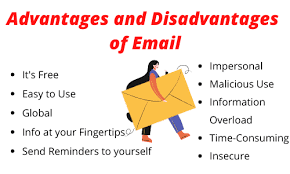
Email marketing allows you to communicate directly with your customers to increase sales and brand loyalty. Email marketing benefits include:
- Based on Permission – Customers sign up by choice, increasing the chance of engagement and conversion
- Direct audience reach – you can communicate directly with subscribers in their schedules, most people check emails daily, increasing the likelihood of seeing your content
- More Control – Companies have full control over their email accounts, making them easier to manage and less likely to remove accounts or content
- Personalization – You can use demographic and psychological data, allowing you to create highly targeted and customized campaigns
- Self promotion – one of the best ways to reach customers is through self promotion, with email marketing you will always have a way to promote yourself
- Less intrusive – email is voluntary, customers can update their preferences or unsubscribe if they are unhappy with the content or how often they receive notifications
Email marketing is an effective marketing technique, but there are many downsides to using email marketing as well. Disadvantages of email marketing include:
- Competition – Difficult to stand out in the inbox With so many email campaigns, emails must be opened to be effective
- Rules and Regulations – You cannot send request emails, people can report your emails as spam, countries have different rules and regulations to follow
- Delivery issues – when an email is sent, its receipt or delivery cannot be guaranteed, and email campaigns cannot be effective if the email is not received by the customer
- Design issues – email messages have to be able to appear on multiple devices and there is often a trade-off between design and functionality, and they also need to be small enough to download quickly
- Skills and Resources – Creating email marketing campaigns requires copyright and design skills
- Easy unsubscribe – customers can easily unsubscribe from your email list; You can lose a customer quickly if your marketing is not good or attractive to your customers
Transactional emails vs. marketing emails
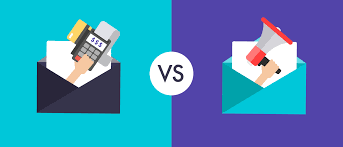
Marketing email is any email sent that contains commercial messages. They are sent to groups of existing customers or potential customers. Transactional emails are personalized email messages that contain information to complete a transaction initiated by a person. They are triggered by a client defined action and are sent to only one client. Examples of transactional emails include:
- Customer Feedback
- Password Reset
- Notification emails
- Confirm order or receipt
While marketing emails are sent in bulk to many people, transactional emails are more individual and usually sent to a single person. Transactional emails can fulfill a marketing need as they can increase the recipient’s relationship with the brand, however, they are mostly used to complete a request or action by the customer. Marketing emails are meant to get customers to interact with your business who haven’t already initiated an action or transaction. Generally, transactional emails can be used to achieve marketing goals, but they are not sent for the sole purpose of promoting your business and attracting customers.
Create custom email marketing campaigns with Optimove
Optimove has integrated every aspect of setting up, delivering, and optimizing custom email marketing campaigns, all in one platform. Optimove’s advanced email feature includes a visual template editor, cross-client preview, custom tags associated with any database field, multi-brand email management, and more.
